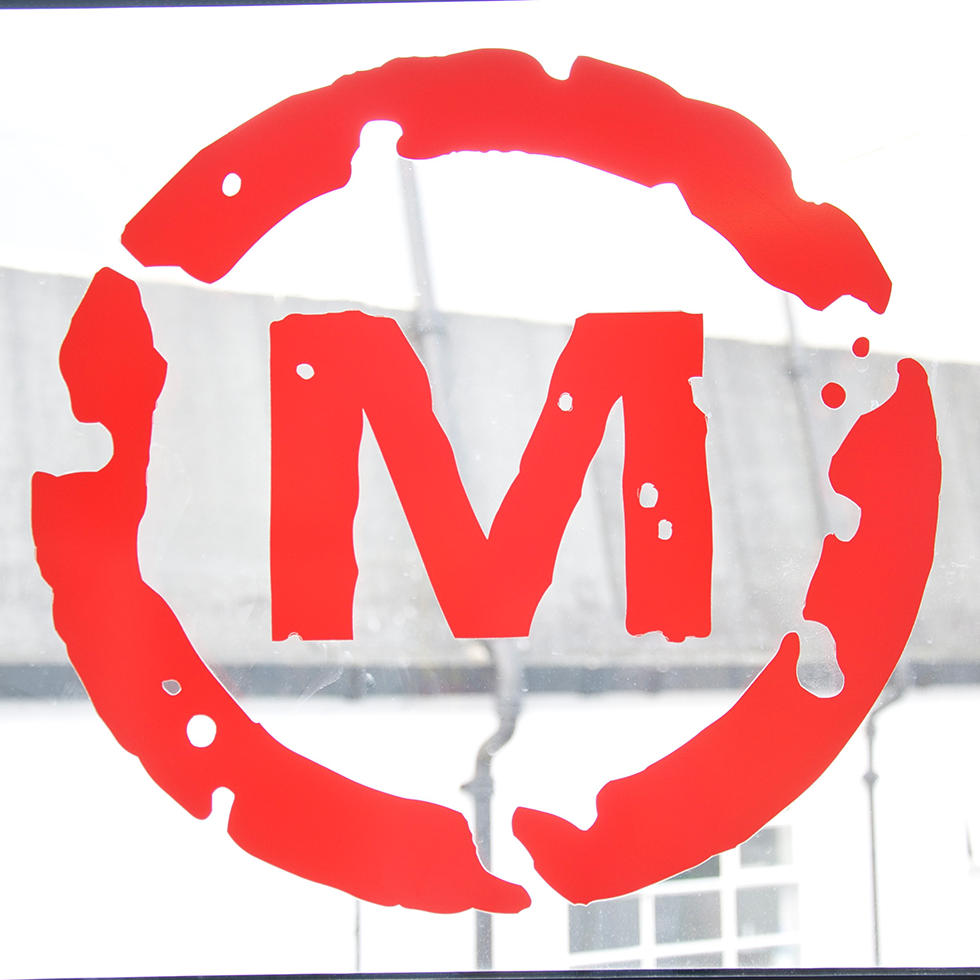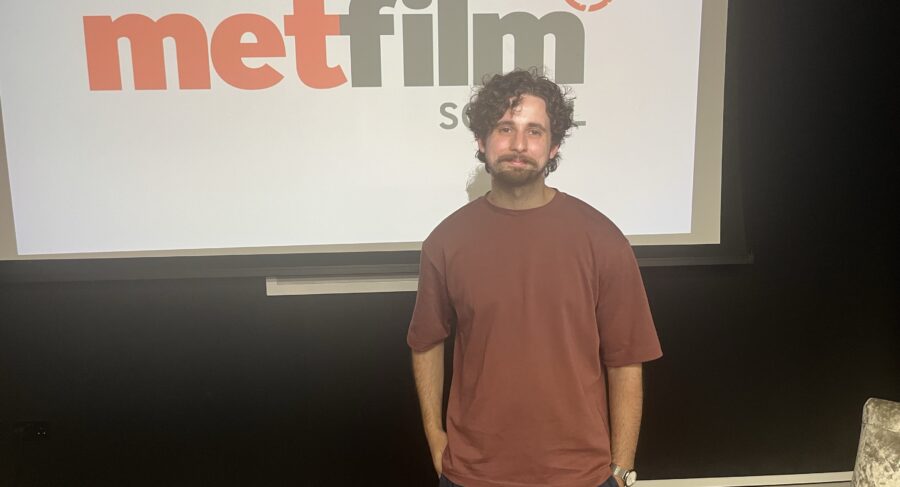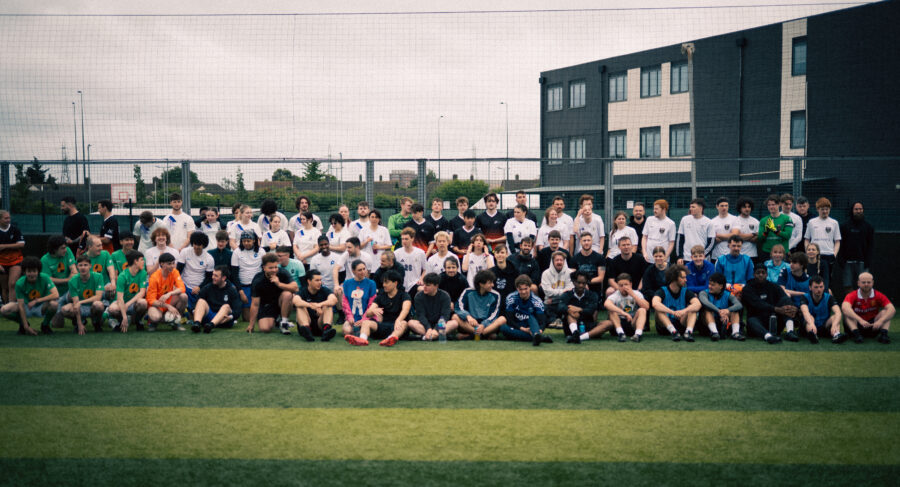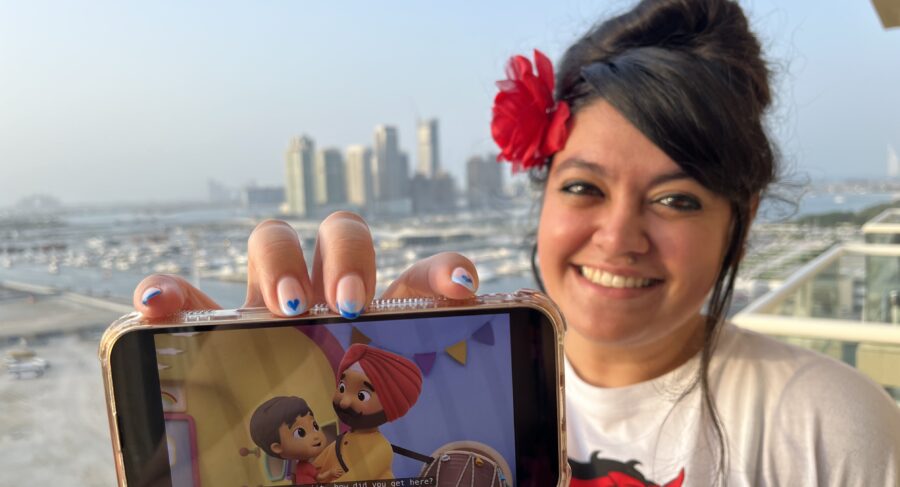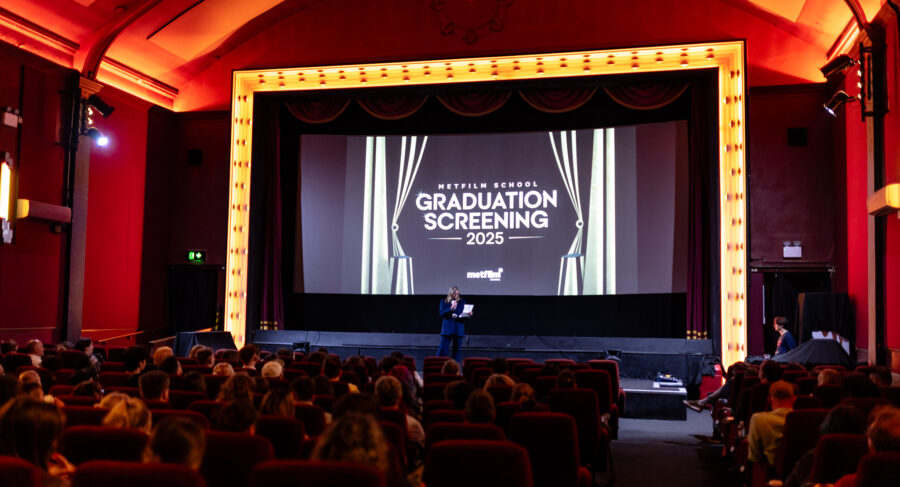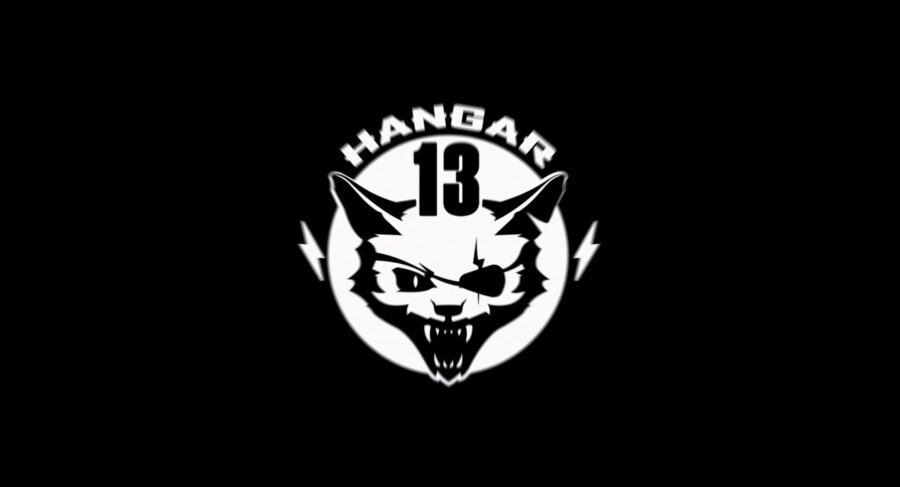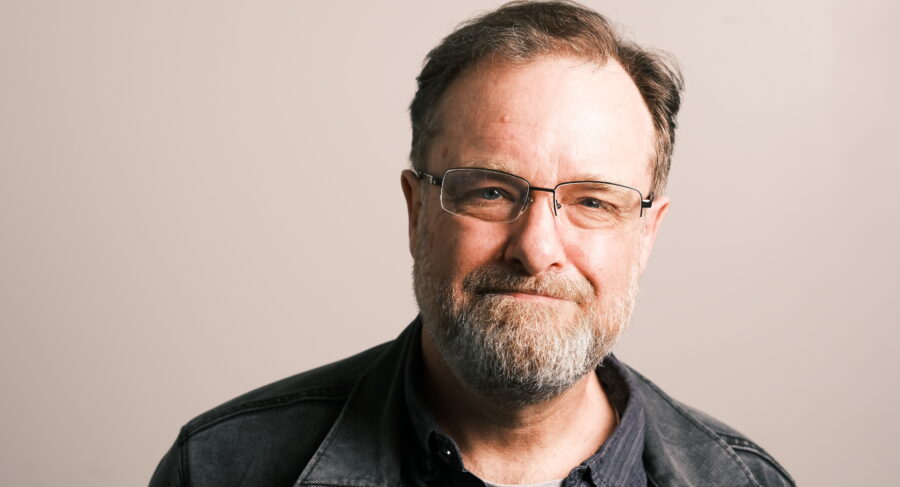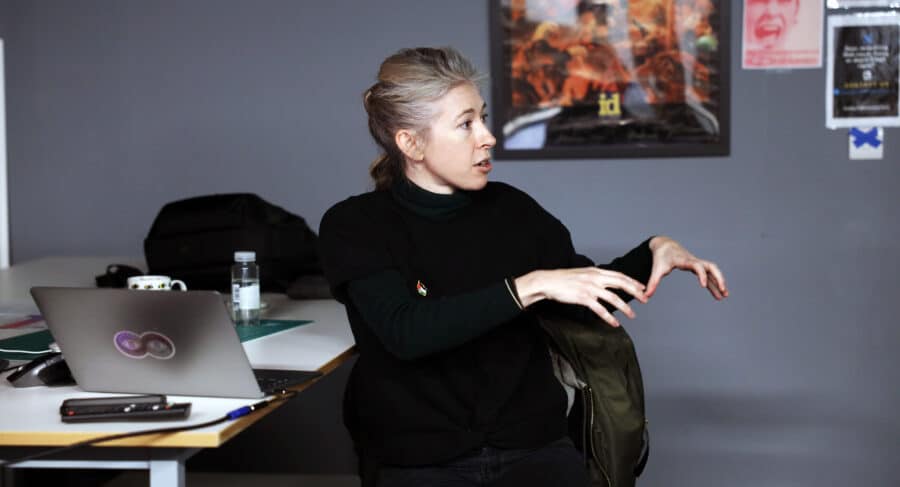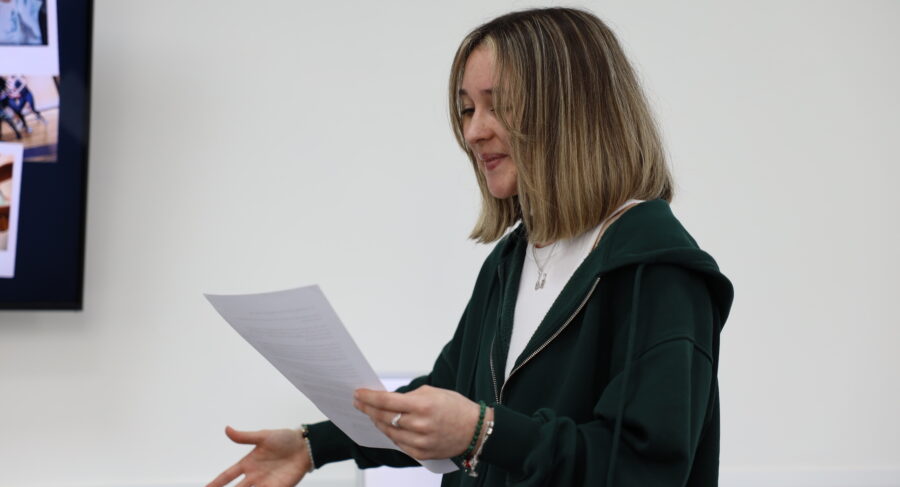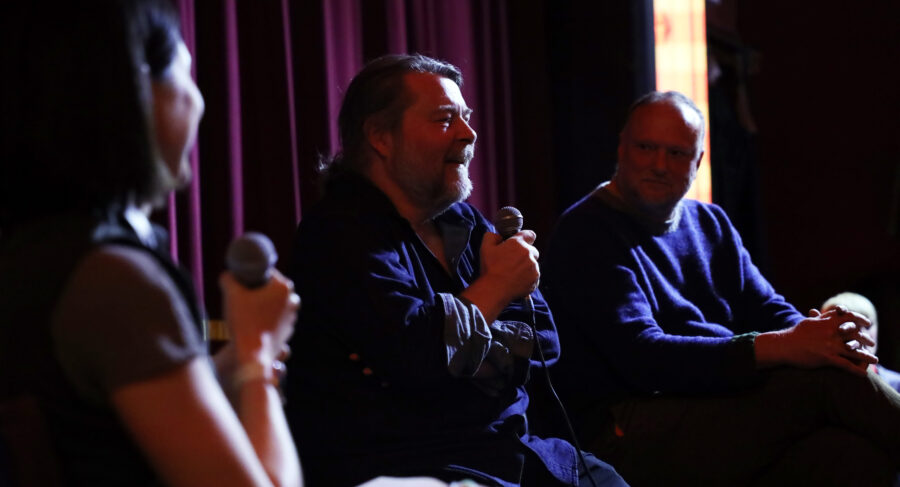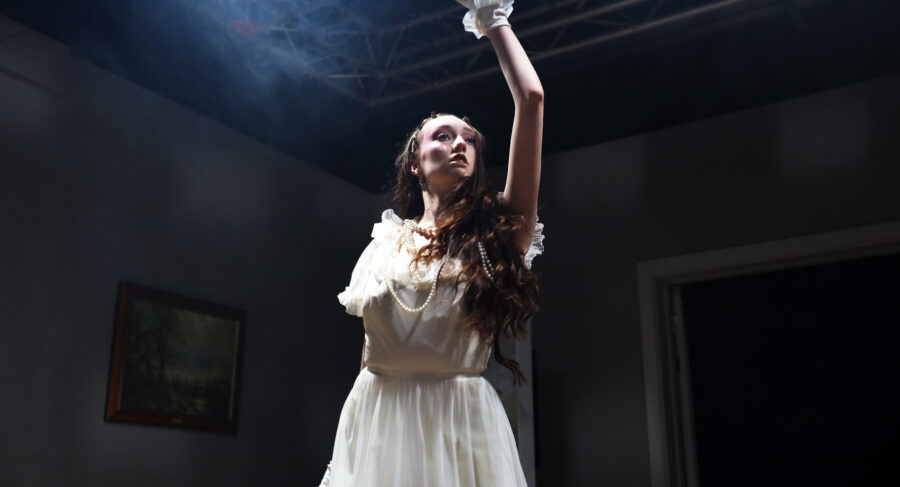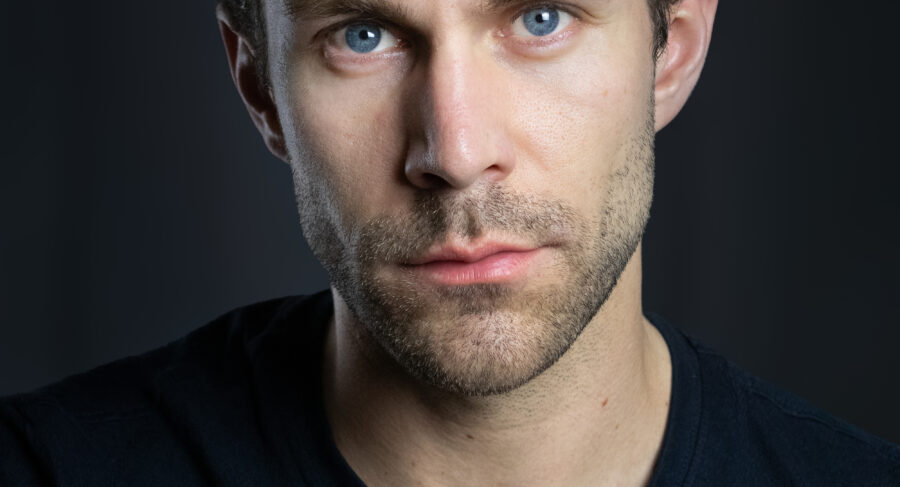Born to Scare: Meet Retro Filmmaker & BA Alumni Charlie Steeds
By Danny Kelly
29 October 2020
When did you become a creative person? For Writer/Director Charlie Steeds, the impulse came early. What began as telling ‘scary tales’ to friends soon led to a passion for DIY filmmaking which hasn’t slowed down since. Over the last five years alone, he has delivered seven wonderfully gruesome feature films, all through his own production company, Dark Temple Motion Pictures.
Just in time for Halloween, we caught up with the BA Practical Filmmaking graduate to discuss his influences, starting out and what it takes to make a career out of B-movie Horror…
Firstly, what was the inspiration behind starting Dark Temple Motion Pictures?
One of my idols is the writer Stephen King and I remember seeing the mini-series Rose Red on the shelf in Asda. His name was printed huge on the cover – bigger than the title itself. To 12-year-old me it became a stamp of approval. An indication that these films would be good. That got me interested in starting my own brand name, something that would be attached to my work and represent my style. For my feature films, I named my company ‘Dark Temple Motion Pictures’.
It’s important, especially in genre film, to have a brand. Hammer Horror and Amicus Productions are names we think of with older British horror, and Charles Band’s Empire Pictures and Full Moon Features are also an influence on the way I think of my company. When the Dark Temple logo comes up on screen, I want people to know what they’re getting. I’ve described it as New Retro Horror; modern horror B-Movies influenced by the 70s and 80s Golden Age of horror.

As a filmmaker, you’re involved in directing, writing, editing and producing – what area do you enjoy the most?
Writing is what I enjoy the most. There’s no time limit, it doesn’t cost money and it’s the only part where I’m free to dream up whatever I want. Now I’m often writing to investor’s own plot outlines, which is less fulfilling creatively, but I’m offered higher budgets to work this way, and as a result, the distribution is better because you’re writing for what the straight-to-DVD market is asking for so people will actually see your movie.
More recently I’ve taken on camera and lighting duties too, and I used to be my own sound man even. I actually enjoy the ‘one-man band’ approach, as ideally I just want myself and the actors to be on set – no other distractions. The less crew you depend on, the more money can go on screen. It’s the only reason I can put out so many films, and make them look of a higher budget.
You shot 20 shorts before directing your first feature in 2016 – how important was it to have this experience before trying longer form?
I never stopped making stuff as a teenager, and already shot my first micro-budget feature by the time I was 21. Every film you make is a new lesson and you’re constantly improving. Many of my shorts were 30-45 minutes (useless on the festival circuit), and it was really just practice for my feature films. My interest has always been feature-length stories, so perhaps I neglected production value to instead learn things like pacing, tone and structure over this longer runtime. I recommend trying a feature-length no-budget movie, even if its never released, just to learn these lessons. Or at the very least a 45 minute short.
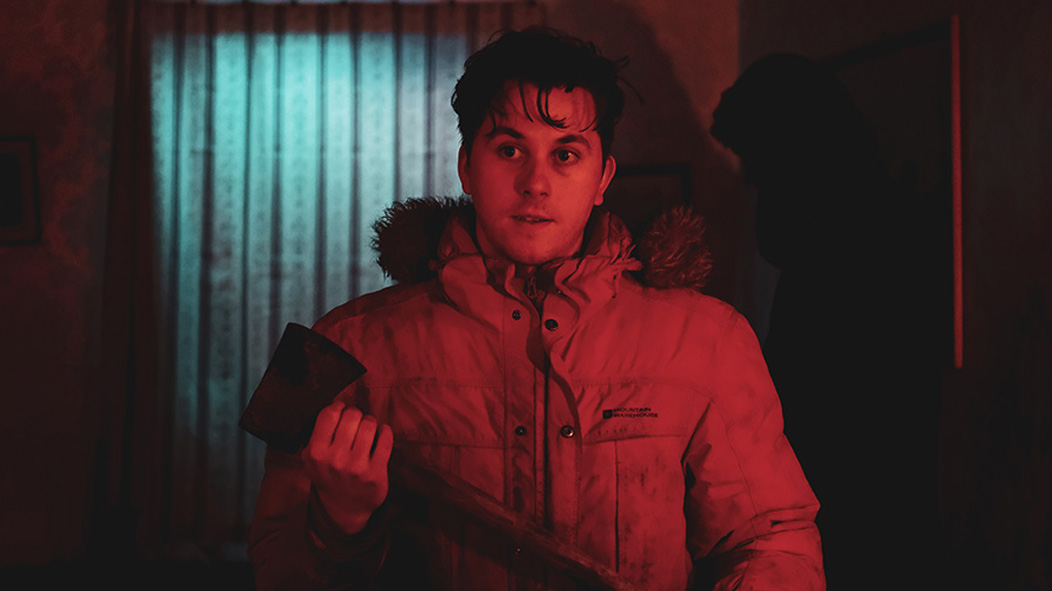
One of the joys of retro horror films is the use of practical effects – what can you tell us about this process for your films?
I agree, I’m really not a fan of most CGI. With practical effects, there’s such a thrill in seeing it done for real; an actual explosion, someone in a creature suit, animatronics etc. Everything in my films is practical, although the demand for cheap CGI in straight-to-DVD movies is getting stronger. I’m actually shooting my biggest project yet early next year which will involve a lot of VFX work, but I’m hoping to do a lot with miniatures for that.
I most recently worked with a company in Arizona, Midnight Studios, who provide three werewolves for a film and it was very fun having them on set. It gave everyone a thrill. I also often build sets instead of going on location, so then we are free to destroy it, set fires, break through walls and doors, smash the furniture. Practical is great for horror.
Each film you’ve made seems slightly more indebted to a different side of the genre – what are you excited to try in the future?
Although I keep my own consistent style through my films, I really like totally switching between sub-genres and trying new things. If one film is a slow-burning elegant haunted house film (An English Haunting), then I’ll probably be itching to make something more wild and vibrant straight after. That might be a gritty handheld splatter film out in Tennessee (Death Ranch), or a neon-lit erotic vampire romance (Vampire Virus). I want the films to be different because I’ve got to keep trying new things and expanding my range as a filmmaker. I’m hoping to try some Lovecraftian horror soon, and Science Fiction would be fun; something in space maybe! I’m sure I’ll work my way through all the sub-genres eventually.
No one likes picking their favourite child, but are you particularly fond of a certain title?
A Werewolf in England is my most recent movie and I learned a lot from it. In terms of sheer crazy DIY filmmaking, and ambition, it’s my biggest and boldest film. Everything you see on screen was put there by me and my very small team; the walls, the floors, the wallpapers, the furniture, the costumes and these giant werewolves. Its very campy B-Movie fun. I’m still shocked I got away with making something so unique to my own tastes with the investor’s money (they hired me to make a Victorian-era werewolf movie); it was incredibly challenging.
The other film is Death Ranch, which I shot last year. It’s my own original idea, and I thought it would never get funded… two years later I’m in Tennessee, with a cast and crew I’d never met, and I had the most fun and easy shoot ever, the film practically made itself! It was the complete opposite of the Werewolf shoot, but those two are both special to me.
Looking back on your time at MetFilm School, which learnings have you found valuable in your career to date?
The practical skills and crew roles I learnt were very valuable. One day our [former] tutor Robin Vidgeon also took a few of us to Pinewood Studios and it was incredibly insightful. Naturally, being a horror fan, I admired Robin (who was DP for the Hellraiser films) and his advice/knowledge was always inspiring, as was the whole cinematography department.
I almost always disagreed with what I was taught by my writing and directing tutors, but I think that’s a good thing. You learn from disagreements, and you learn from having to battle with the tutors. I have similar battles all the time in the film industry, and I know when to trust my own instincts. Filmmaking is an intense environment and you do get to see it all at film school. If you can survive a set full of film students, you can survive making movies!
Lastly, what will you be watching for Halloween this year?
Every year it’s the same: a double bill of Halloween 4 & 5. I’ve also watched The Shining on the big screen already, and am catching Carrie too before Halloween.
Charlie Steeds graduated from our BA Practical Filmmaking in 2014.
A Werewolf in England is being stocked physically by Tesco, Asda, Sainsbury’s, Morrisons, HMV and Amazon, and is available on-demand via iTunes, PrimeVideo and Sky Store.
Want to watch a scary movie? Check out MetFilm School’s guide on what to watch this Halloween.
